Brook Harrison’s circa 1920’s paintings:-
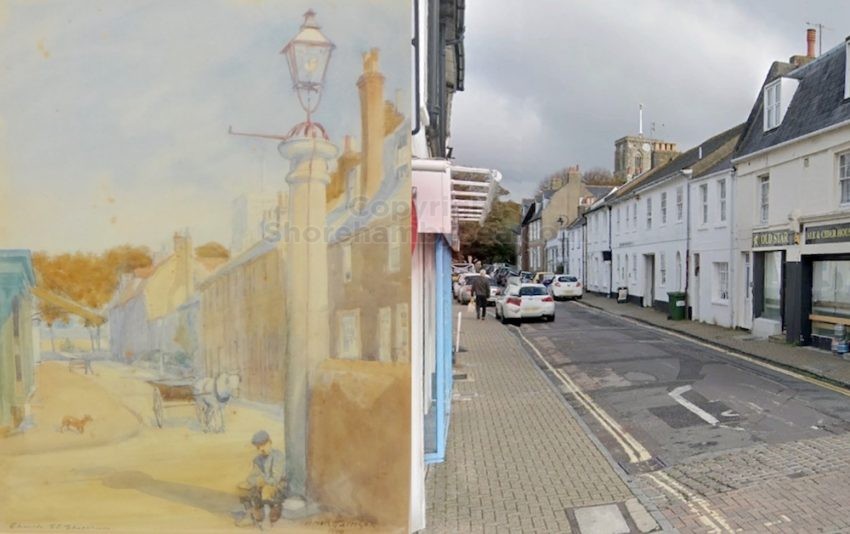
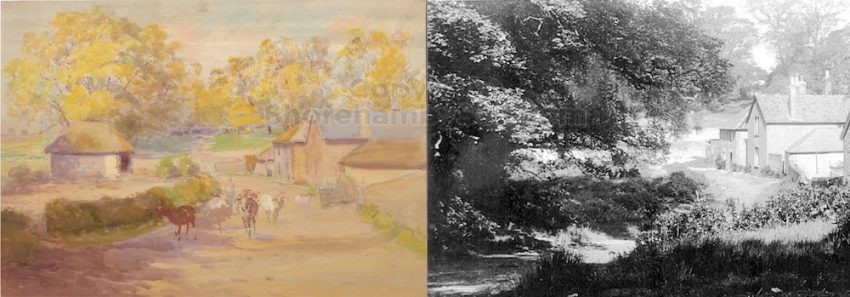
To see some of Brook Harison’s Shoreham paintings visit here.
Brook Harrison’s circa 1920’s paintings:-


To see some of Brook Harison’s Shoreham paintings visit here.
In a forum post concerning the Kingston Bridge there was mention of a concrete ship used for storage. I checked back on old posts and photographs and found this that shows a ship shape on the ground alongside the Brighton Road.
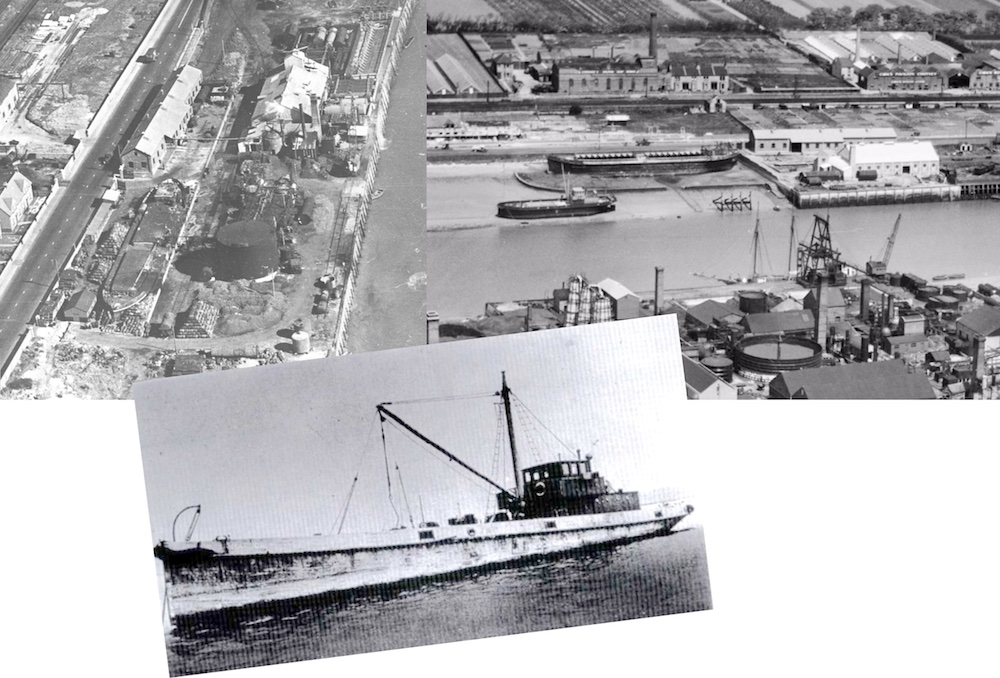
We’ve seen the black & white photos of the Kingston 18th century buildings and others at the time of their demolishing but here are a few coloured snaps that despite their dilapidated condition look almost attractive due to the colouring. Some will remember the café, a convenient rendezvous spot for local bikers due to the ample parking in the gap between it and the Kingston Inn.
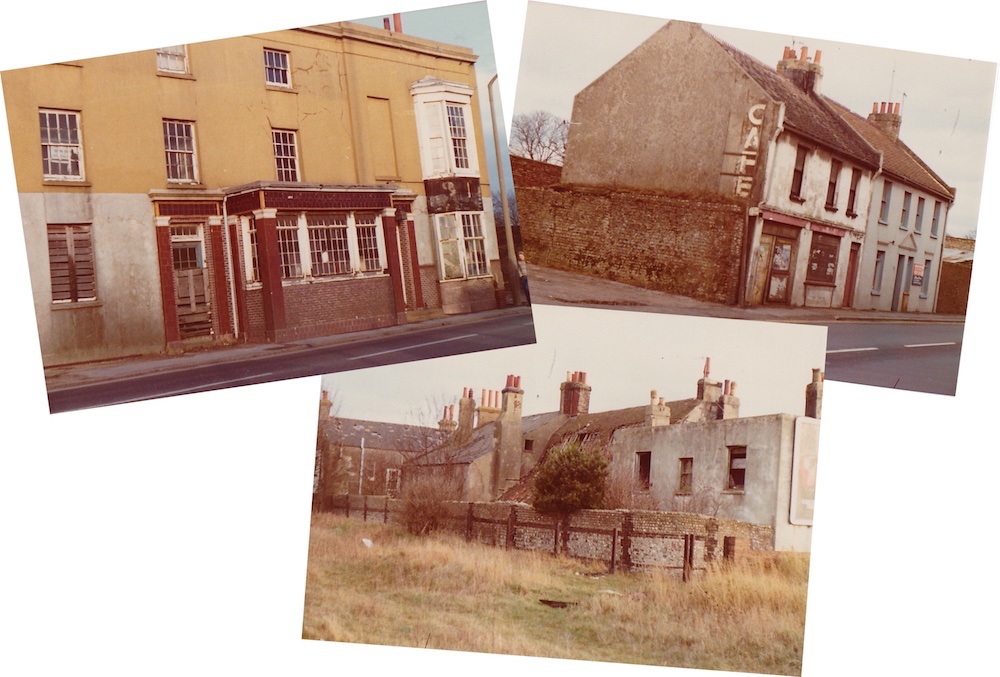
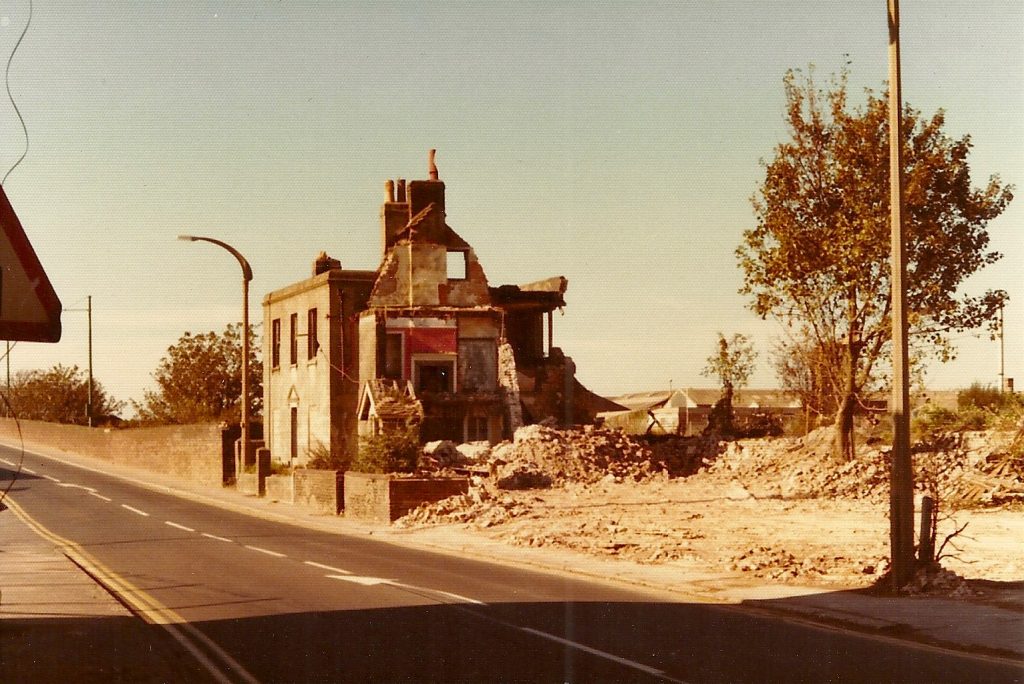
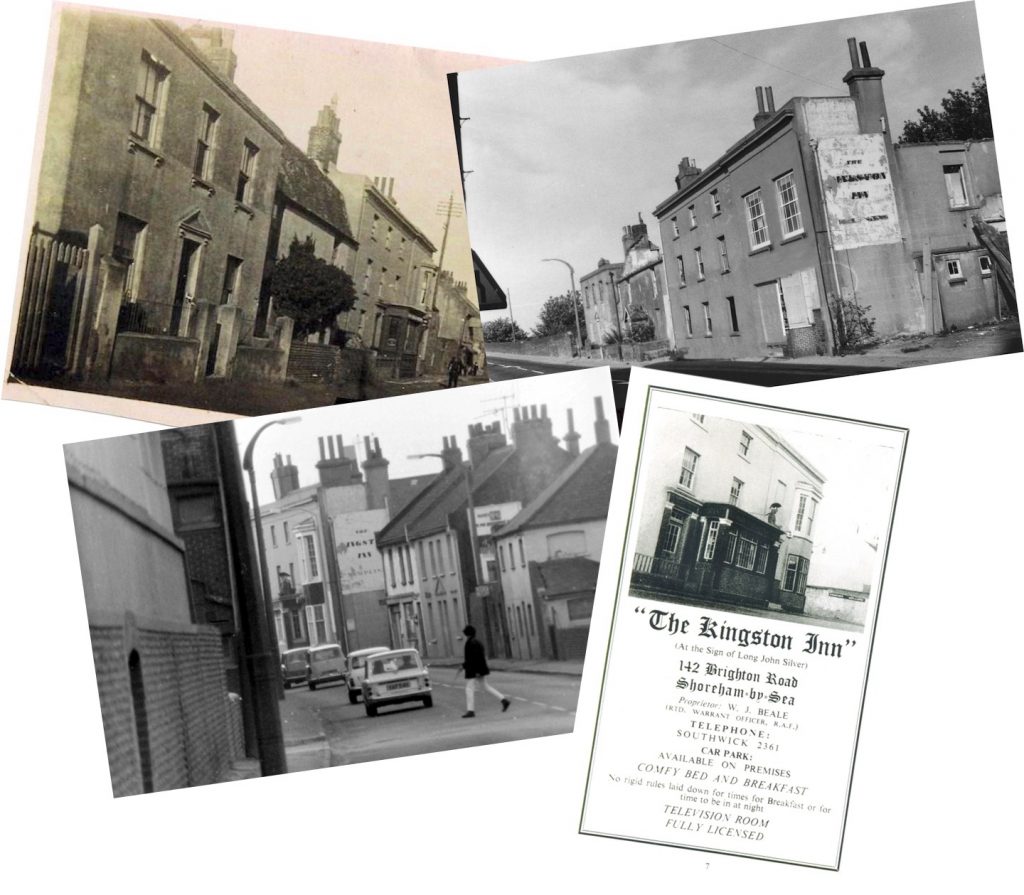
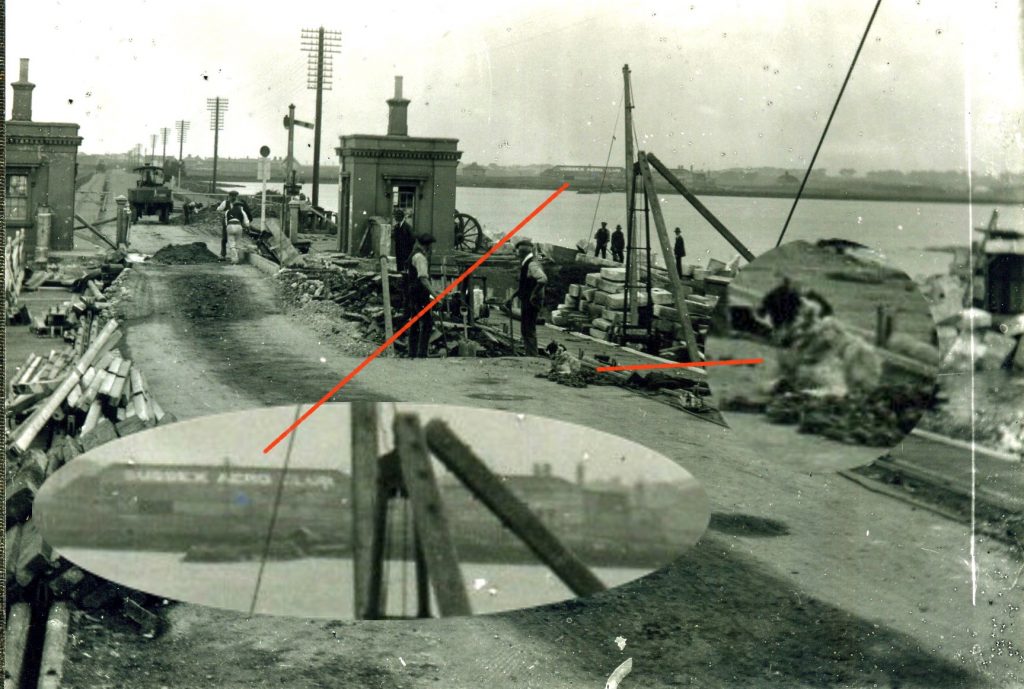
A little bit of hidden history in this photo. ‘The Sussex Aero Club’ painted on the roof of the barn next to New Salts farmhouse and the demolition of the original Norfolk Bridge tells us this is 1922 – a year when the airport was not in use and aircraft flew from Easters Field behind the barn.
Lofty adds:
Notice the railway-type signal at the approach to the bridge. This is operated via a chain that runs down the side of the signal and into the pavement.
I have always wondered – was this signal controlled from the nearby office/booth, or from the similar building located at the other (east) end of the bridge, thus allowing one-man operation to control the traffic ?
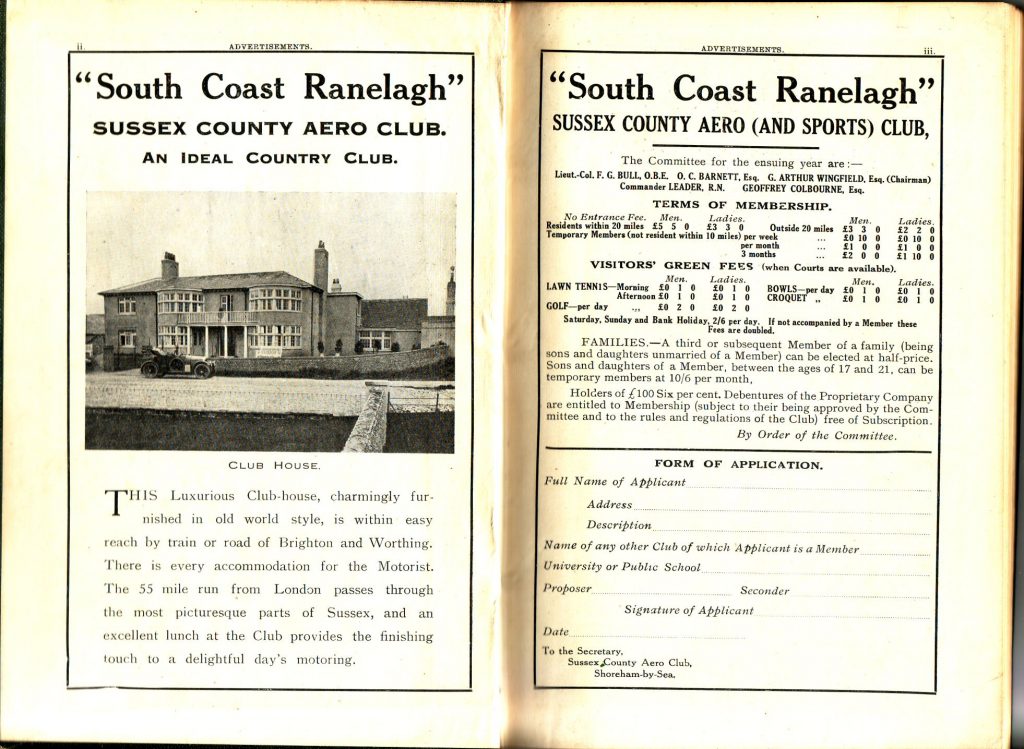
The SS Arthur Wright – a Shoreham Collier
The SS Arthur Wright was built by William Pickersgill & Sons at their Southwick, Sunderland yard in 1937 for the Brighton Corporation. It was a 1,097-ton vessel, the Corporation’s first collier, and used for conveying fuel to the electricity works at Portslade. Named after the first (1894) manager and engineer of the works (he also designed the first domestic supply meter) the Arthur Wright carried coal mainly from the Yorkshire and Welsh coalfields via the ports of Goole and Port Talbot.
Continue reading “SS Arthur Wright -collier”Shoreham has 5 bridges over the Adur. Before 1781 the only way to cross was by ferry boat or detour upriver to cross at Bramber bridge. The ‘old’ Toll Bridge changed this in 1781, followed 50 years later by the suspension Bridge and causeway to Lancing. Within 12 years the railway was extended westwards from the Shoreham terminus with the building of an impressive viaduct / wooden trestle rail bridge (1845). This was replaced 50 years later. By 1921 Shoreham had a new footbridge to the beach and 2 years later the original Norfolk Bridge was replaced. 46 years later a brand new ‘flyover’ road bridge was constructed as part of the new A27 trunk road, bringing the tally of river bridges to five.
Continue reading “Tale of 5 Bridges”For a town that has no purpose built cinemas it is interesting to chart the history of cinemas from 1910. There were never more than three cinemas at any time in the last 100 years and all have disappeared except one – hiding in the guise of a goods store of a High Street shop.
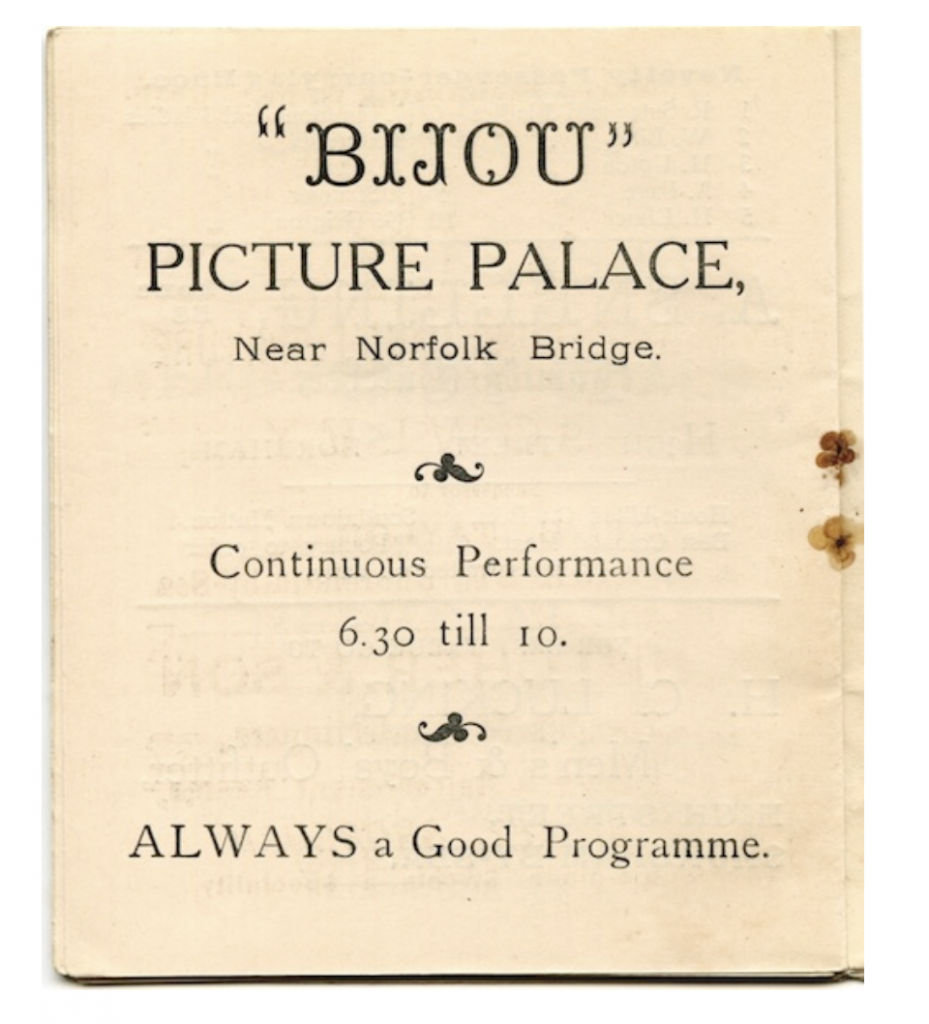
The Bijou Electric Empire was opened in June 1911. It was built as a garage behind the old shipyard. It was a wooden building with a corrugated -iron roof and an earth floor.
By 1925 it was operated by Sussex Picturdrome who also operated the Duke of York’s Cinema in Brighton and the Bijou Electric Empire was re-named Duke of York’s Cinema. The Bijou entrance had a painting on the ceiling, it depicted some Cowboys chasing after some Red Indians. There was a piano by the screen, and the pianist accompanied all of the films, the floor at the front was covered in peanut shells and orange peel. There was also a large spitoon. The full name of the Cinema was Bijou Electric Empire.
It was closed on 5th August 1931 when it was completely destroyed by fire.
Continue reading “Cinemas in the early years”– the new school photographs and plans in 1936 with reminiscences of former pupils from the 1940’s to 1990’s
Built in 1936 on a five-acre site in Middle Road, Kingston, where the recreation ground is now but then in land that had largely been used as fruit orchards and nurseries by the Cook’s Jam Factory in Dolphin Road. Initially opened as a boys’ senior elementary school for 360 pupils it included a number of unusual features (for those days) in both design and construction. It was built of reinforced concrete and flat roofs to allow for future extensions to be placed on top of the ground floor building and enabled wider spans for rooms that, with the large Crittall windows also installed gave pupils and teachers a bright and spacious environment.
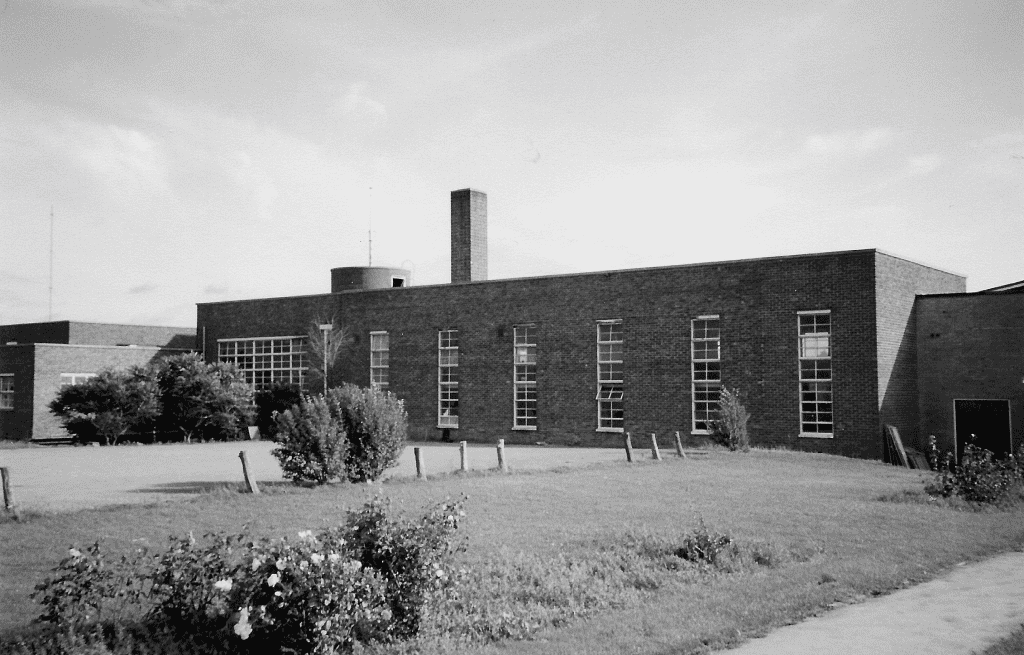
Sadly the tragedy concerning the Canadian soldiers discussed in previous posts was not an isolated incident. We know of the drownings of some individuals over past two centuries or so from newspaper reports of the time but there was another multiple drowning accident in June of 1858. A group of Lancing College boys were bathing at Applesham Creek, we know it now as Cuckoo Creek, and were overcome by the strong current. Two managed to make it to the river bank but the other three were lost to the river and only two of the bodies were later recovered.